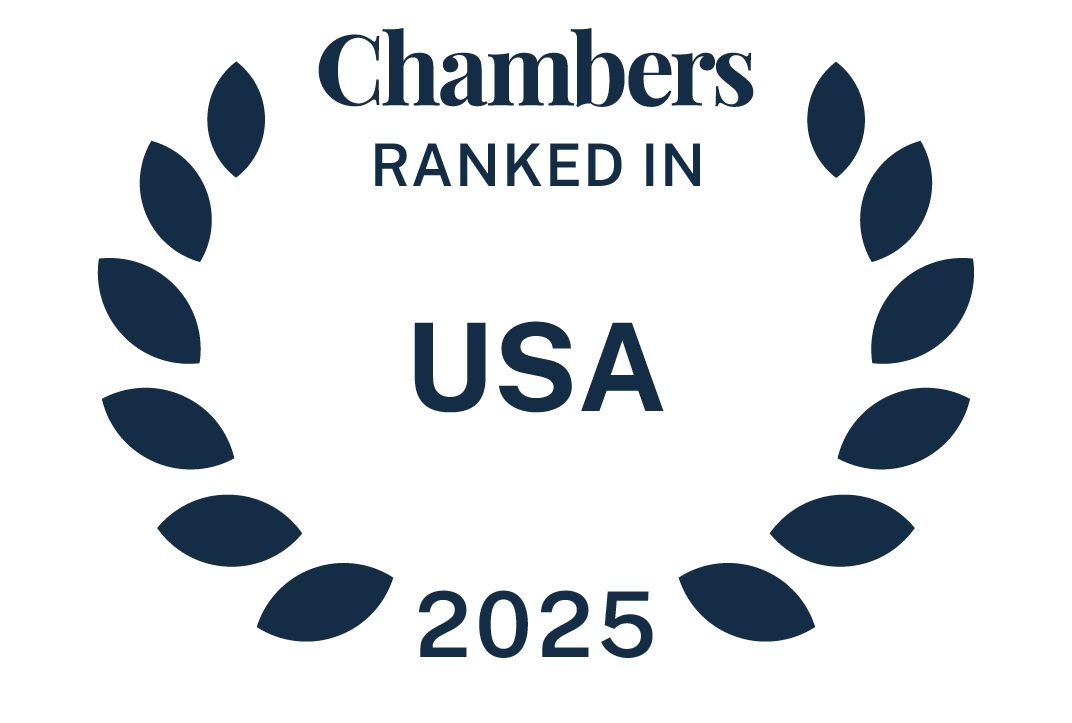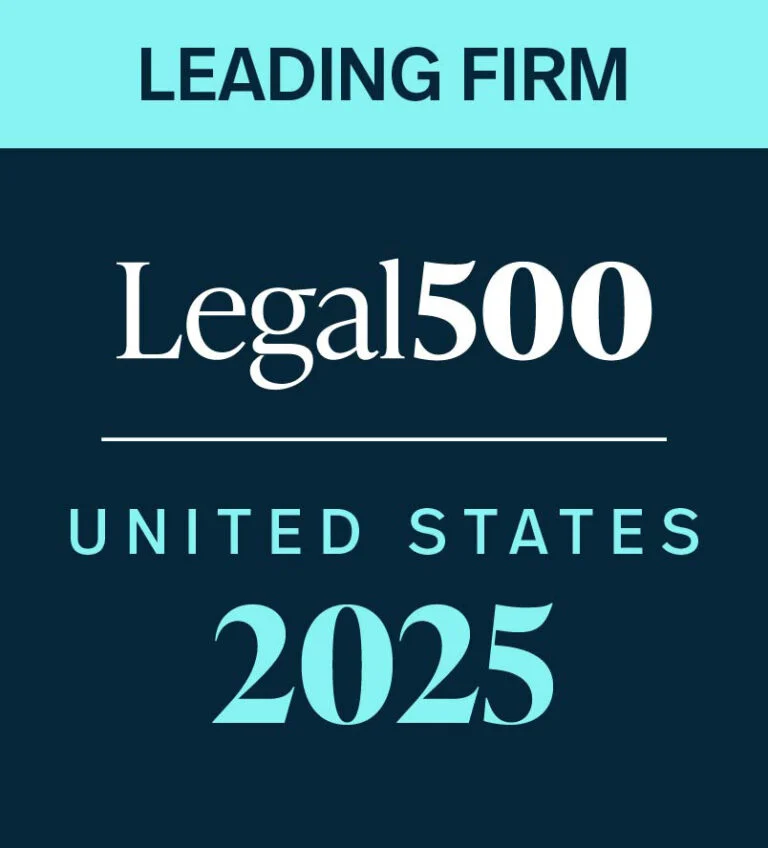As a general proposition, when the validity of a European Commission antitrust decision is challenged before the General Court of the European Union (GCEU), the procedure is one of judicial review, not a retrial on the merits (although the GCEU does have special jurisdiction to increase or reduce the amount of any fine). Thus there are only three possible outcomes: annulment of the Commission’s decision; variation in the amount of any fine, upwards or downwards; or rejection of the challenge altogether.
In the case of annulment, Article 266 of the Treaty on the Functioning of the European Union requires that the Commission “take the necessary measures to comply with the judgment” of the GCEU. Provided that the limitation period has not expired, the Commission may take a new decision on the case, taking care to avoid the illegalities identified by the GCEU in respect of the first decision. The new decision can be different from the first decision, as illustrated by the recent judgments in Mitsubishi Electric and Toshiba, but it can also be substantially the same, as illustrated by the recent judgment in Éditions Odile Jacob.
The Mitsubishi Electric and Toshiba cases arose out of the gas insulated switchgear cartel. Mitsubishi Electric and Toshiba were fined for their participation in the cartel. The companies challenged the Commission’s decision imposing the fines, and the GCEU annulled the fines imposed individually on Mitsubishi Electric and Toshiba on the ground that the Commission had infringed the principle of equal treatment by choosing, when calculating the fine, a reference year for Mitsubishi Electric and Toshiba which was different from that chosen for the European participants in the infringement.
Following the annulment, the Commission addressed a letter of facts to Mitsubishi Electric and Toshiba informing them of its intention to adopt a new decision remedying the unequal treatment criticised by the GCEU. Mitsubishi Electric and Toshiba submitted comments on the Commission’s letter of facts and had meetings with the Commission team responsible for the case. Subsequently the Commission adopted a new decision imposing lower individual fines on Mitsubishi Electric and Toshiba than in the first decision.
read more


 Subscribe
Subscribe
